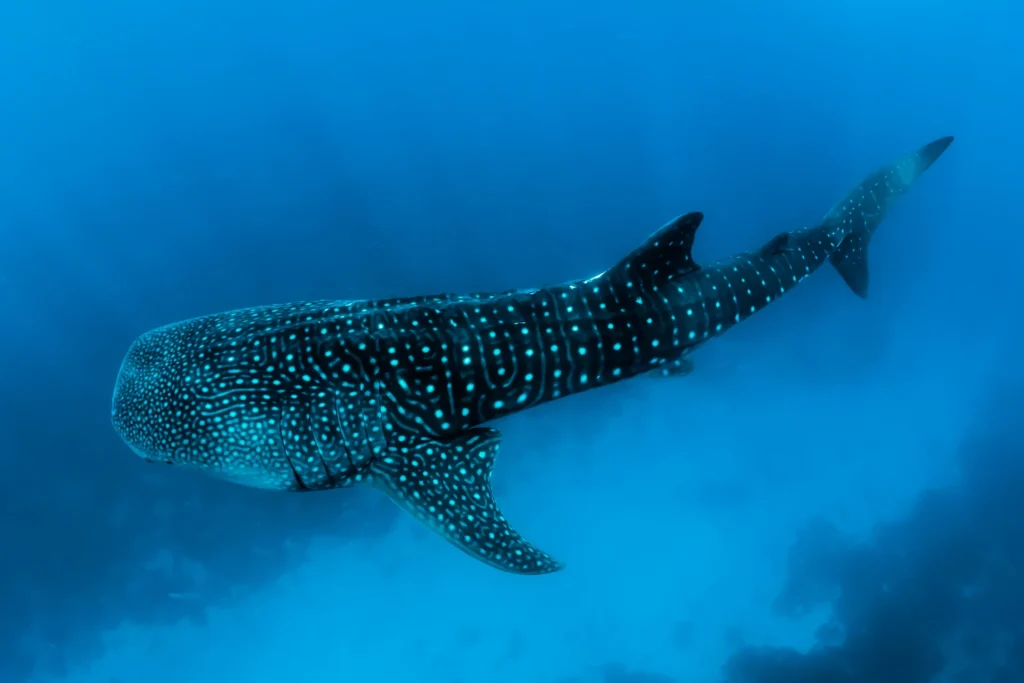Table of Contents
Whale sharks (Rhincodon typus) represent one of the most captivating and majestic creatures inhabiting the world’s oceans. As the largest known extant fish species, they command attention not only for their impressive size but also for their unique biology and behavior. In this comprehensive exploration, we delve into the intricate details of whale sharks, shedding light on their anatomy, behaviors, conservation status, and much more.

Anatomy and Physical Characteristics
Whale sharks possess several remarkable anatomical features that distinguish them within the marine realm. Their immense size is perhaps the most striking aspect, with adults commonly exceeding lengths of 12 meters (40 feet) and weights upwards of 20 metric tons. These dimensions place them among the largest known vertebrates on Earth. Despite their substantial bulk, whale sharks exhibit a streamlined body shape, facilitating efficient movement through the water.
One distinguishing feature of whale sharks is their distinctive patterning, characterized by a mosaic of pale yellow spots and stripes against a dark blue or gray background. This unique coloration pattern is believed to serve various functions, including camouflage, communication, and possibly thermoregulation. Additionally, the skin of whale sharks is covered in dermal denticles, small tooth-like structures that aid in reducing drag and improving hydrodynamics.
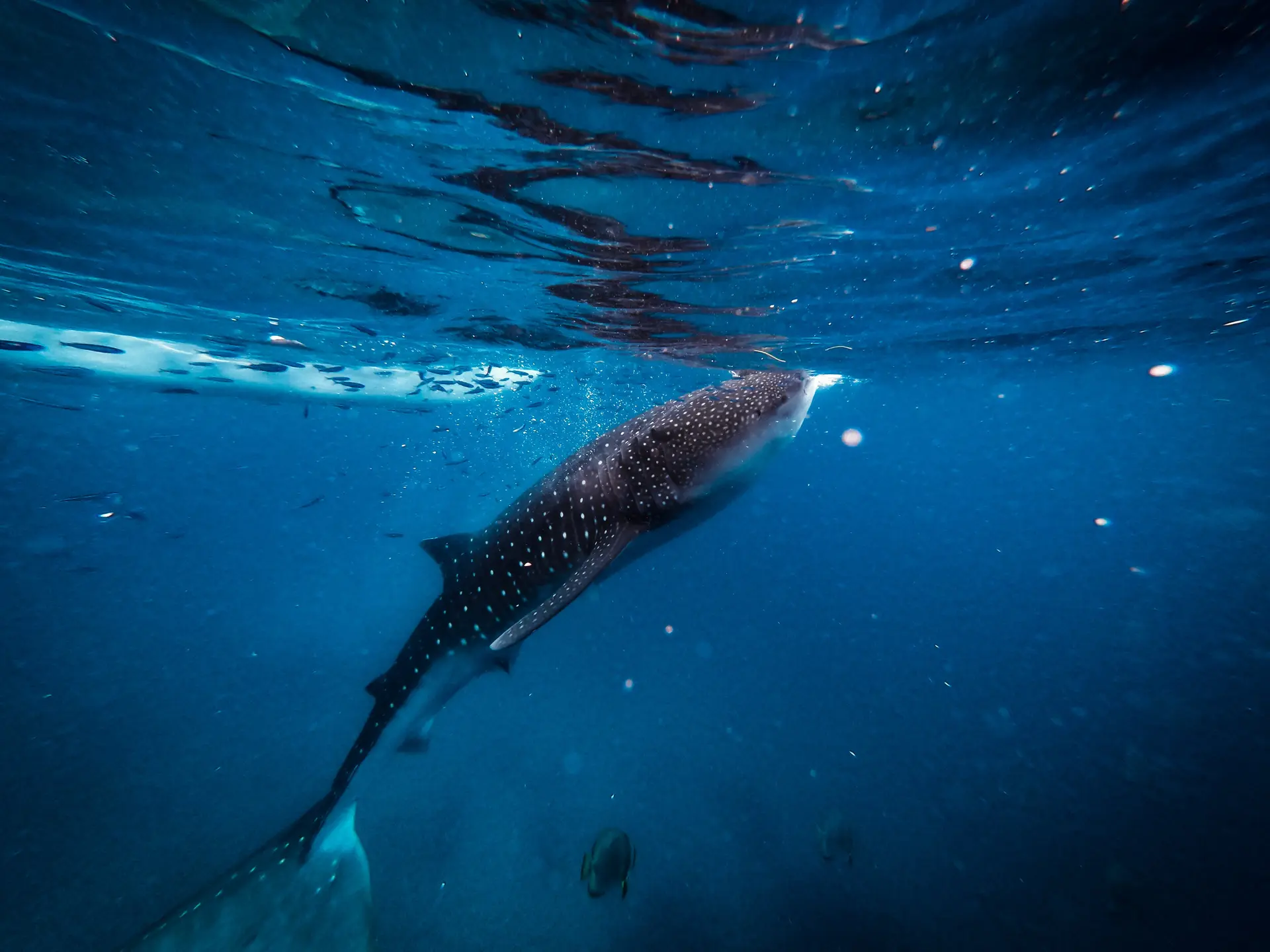
Feeding Behavior and Diet
Whale sharks are classified as filter feeders, relying on a specialized feeding mechanism to capture planktonic organisms and small fish from the water column. Despite their immense size, their primary diet consists of microscopic plankton, including copepods, krill, and small fish larvae. To facilitate filter feeding, whale sharks possess an enormous mouth, spanning up to 1.5 meters (5 feet) wide, and a series of finely branched gill rakers that act as a sieve to strain prey from the water.
This feeding strategy allows whale sharks to exploit rich feeding grounds in coastal areas and oceanic hotspots where plankton concentrations are high. While filter feeding represents their primary mode of nutrition, whale sharks have been observed engaging in opportunistic feeding behaviors, such as scavenging on fish eggs, small crustaceans, and even small fish.
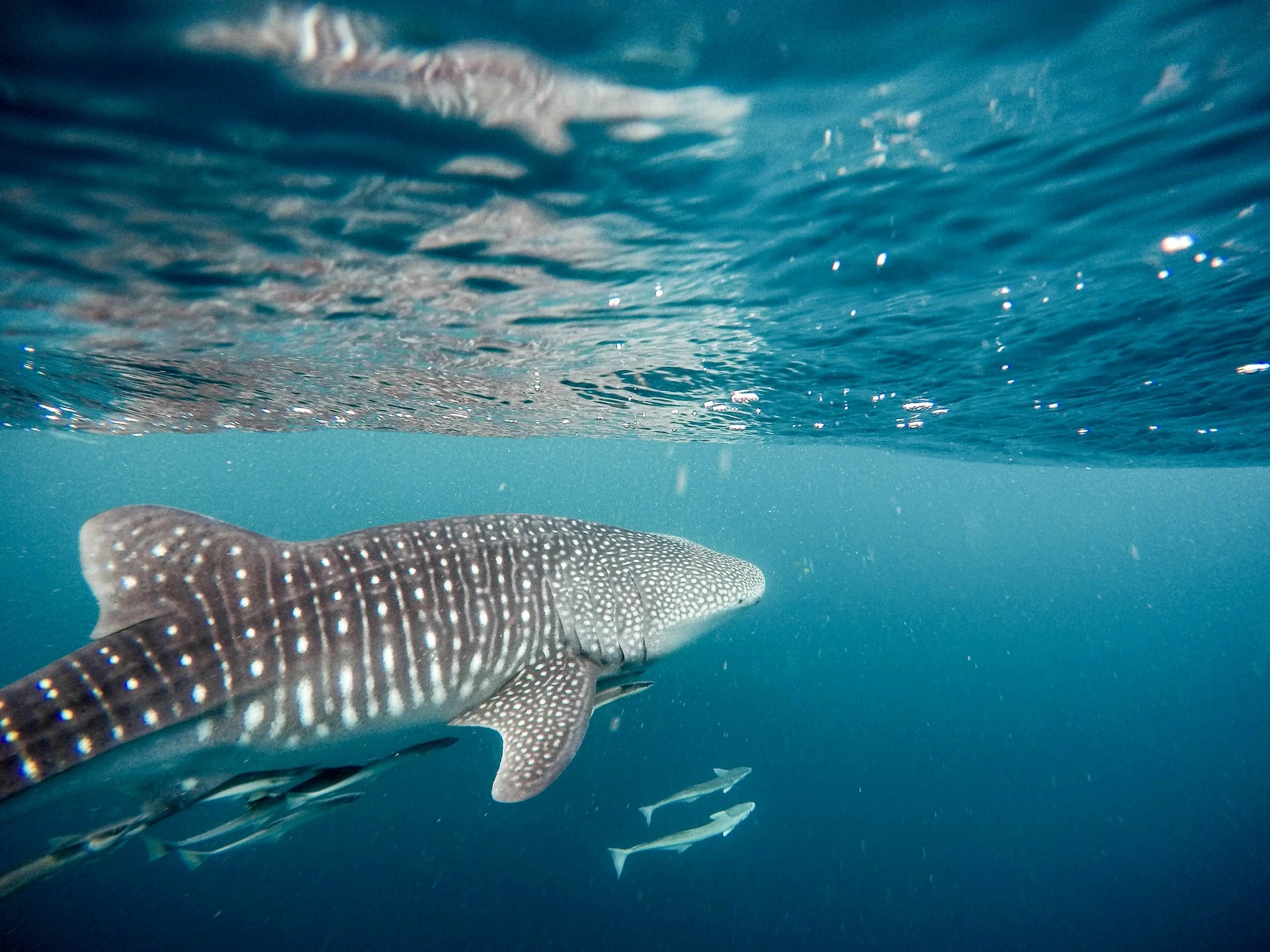
Behavior and Migration Patterns
Whale sharks are renowned for their extensive migration patterns, traversing vast distances across ocean basins in search of food, suitable breeding grounds, and favorable environmental conditions. These migratory movements are influenced by various factors, including seasonal changes in water temperature, ocean currents, and the availability of food resources. Satellite tracking studies have revealed that whale sharks exhibit remarkable navigational abilities, with individuals traveling thousands of kilometers during their migrations.
In addition to their migratory behavior, whale sharks are known to aggregate in large numbers at specific locations around the world, often referred to as “whale shark aggregations.” These aggregations typically occur in nutrient-rich waters where plankton blooms attract large numbers of filter-feeding animals. Examples of renowned aggregation sites include Ningaloo Reef in Western Australia, the Galápagos Islands, and the waters off the coast of Mexico’s Yucatán Peninsula.
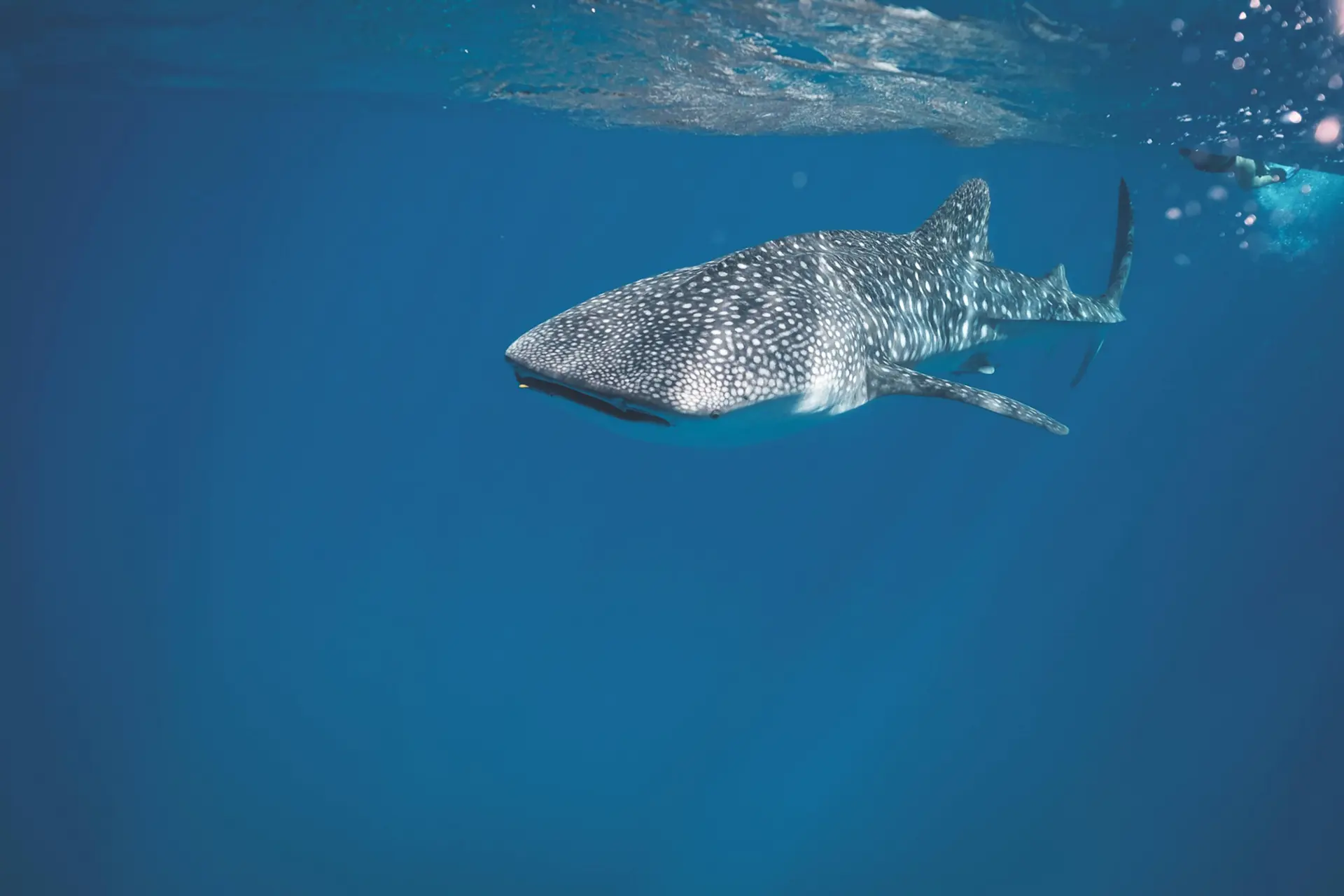
Conservation Status and Threats
Despite their global distribution and cultural significance in many coastal communities, whale sharks face numerous threats to their survival. Habitat degradation, caused by coastal development, pollution, and climate change, poses a significant risk to their primary feeding and breeding grounds. Additionally, whale sharks are vulnerable to entanglement in fishing gear, accidental bycatch in commercial fisheries, and targeted harvesting for their fins, meat, and other body parts.
Recognizing the urgent need for conservation action, whale sharks are afforded protection under various international agreements and regional regulations. However, effective conservation efforts require coordinated management strategies, including habitat protection, fisheries management, and public awareness initiatives. Organizations such as the Whale Shark Conservation Society and the International Union for Conservation of Nature (IUCN) Whale Shark Specialist Group play vital roles in advocating for the conservation of these iconic marine species.
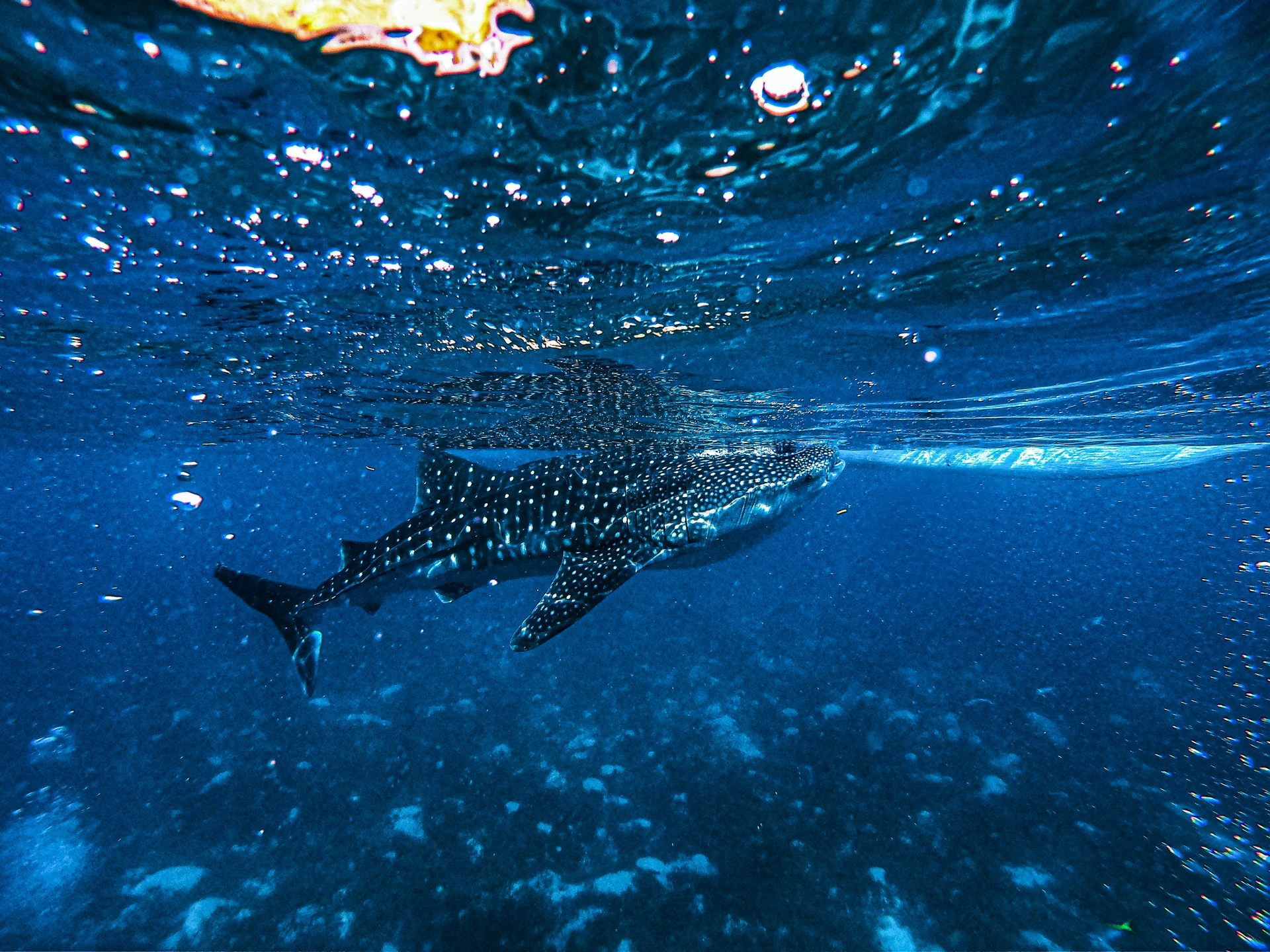
Learn More!
In conclusion, whale sharks stand as emblematic ambassadors of the ocean, captivating the imagination of scientists, conservationists, and nature enthusiasts alike. Their immense size, intricate biology, and migratory behavior offer valuable insights into the complex dynamics of marine ecosystems. However, their conservation status remains precarious, underscoring the need for collaborative efforts to safeguard their future. By fostering a deeper understanding of these magnificent creatures and implementing effective conservation measures, we can ensure that future generations will continue to marvel at the majesty of whale sharks in the world’s oceans.
To further explore the fascinating world of marine life, delve into our fish category for a wealth of captivating insights into the diverse array of aquatic species. Additionally, uncover the secrets of terrestrial titans with our post on the secret lives of elephants, offering a glimpse into the fascinating behaviors and social dynamics of these iconic creatures.
F. A. Q. about Whale Sharks
How big are Whale Sharks?
Whale sharks can grow up to 40 feet in length, making them the largest fish in the sea.
Are Whale Sharks dangerous?
No, whale sharks are not dangerous to humans. They are gentle filter feeders and pose virtually no threat to humans.
Do Whale Sharks have teeth?
Contrary to most sharks, whale sharks lack rows of sharp teeth. Instead, they have tiny dermal denticles lining their skin.
Are Whale Sharks mammals?
No, whale sharks are not mammals. They are fish and belong to the class Chondrichthyes.
Do Whale Sharks eat humans?
No, whale sharks do not eat humans. They primarily feed on plankton, small fish, and occasionally squid.
Are Whale Sharks endangered?
Yes, whale sharks are listed as endangered by the International Union for Conservation of Nature (IUCN) due to threats such as habitat degradation and bycatch in fisheries.


